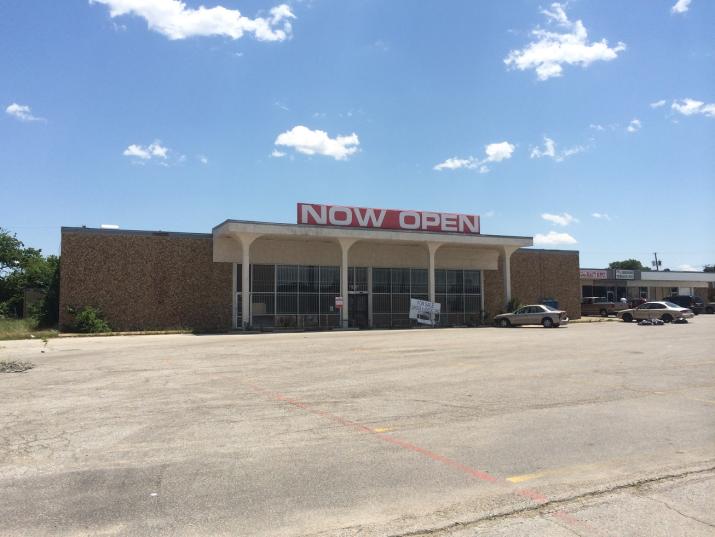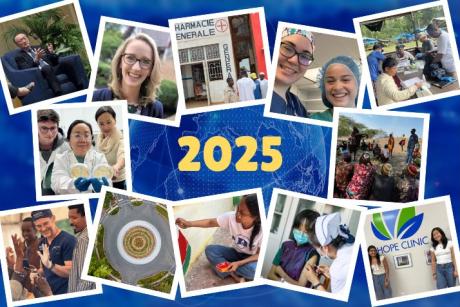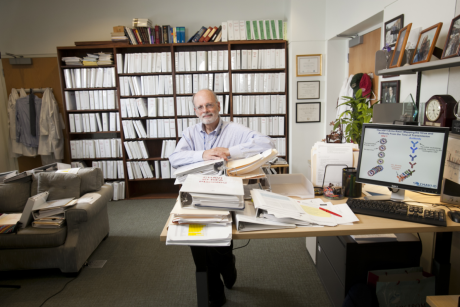By John Hare-Grogg
If this project is a swimming pool, we’ve spent these past few days plunging in headfirst and reaching for the surface. Our first week on the ground has brought us face-to-face with the rewards and challenges of engaging community members in a conversation about environmental health and well-being. Despite the incentive of free dinners and digital cameras (plus the chance to hang out with us, as we shamelessly mention), it seems that most people are either too busy to come to our meetings or the word simply isn’t getting out, and we’ve had to re-imagine our recruitment strategy a bit. However, we’ve had two great conversations with a few community members who got our message and had a few minutes to spare. In these meetings, we found ourselves foregoing our prepared presentation in favor of an open discussion of our project and its rationale. These discussions consisted largely of community members relating information to us. I think this unexpected shift from presenter to audience illustrates the importance of listening more than speaking, of giving our participants some license to direct the conversation, as we develop our understanding of community-based participatory research.
Ongoing recruitment has also been something of a blessing in disguise, as it has forced us to venture deeper into the community. The apparent lack of a center of community life seems cruelly inert, as it inhibits our efforts to ask people about the shortcomings (and strengths) of the community’s natural and built environment that might affect social well-being. Upon a tip from one of our community participants, a group of us went to the Boys and Girls Club, only to find a boarded-up building with waist-high wildflowers towering in the baseball field. Then there are the convenience stores at the neighborhood’s main intersection, but they tend to move people out as quickly as possible; as my friend and I sat at one of the tables to eat a snack, the manager approached us, arms folded, with an expression clearly communicating that we should be on our way. Aside from the convenience stores, there’s a small library and a post office, plus a general store that seems to see its share of activity. One of the most jarring moments yet for me came as I headed to this store with my teammate, Alyssa. A woman was crossing the street with us, coming from the “Pinks”, a public housing complex with an especially troubled reputation. We asked her if she’d like to participate in a study on environmental well-being, reciting our overview of the project and the list of incentives. She smiled and laughed, shaking her head. “You don’t want to know what I’d photograph,” she said, advising us to “be careful”. If anything, I’ve learned how much I don’t know about this community, and my thirst to understand it is stronger than ever.
Despite its want in some departments, the neighborhood certainly does not lack for churches. As we drove down a stretch of road one afternoon, I noticed that every other building was, or had been, a church. They’re everywhere. Many are also among the large proportion of deserted buildings that are wasting away. As we delve deeper into the history of Highland Hills, I hope we’ll be able to determine whether this abundance of shuttered buildings, churches especially, is due to economic contraction, the flight of youth to areas of greater opportunity, or other factors.
We’re also enjoying diversions during the afternoons and evenings, which we often begin by catching up around the dinner table or on the patio at the professors’ house. On Saturday, after some morning recruitment work, we spent a few hours at the Trinity River Wind Festival, trying to fly kites. A few of us also went to the Wildflower Festival that evening; I don’t know how many college students go to see rock bands with their professors, but I was thrilled to become one of the lucky few. It’s only a week in and I already love how the full, intensely real experience of this project is facilitating greater understanding in ways I wouldn’t have imagined.



